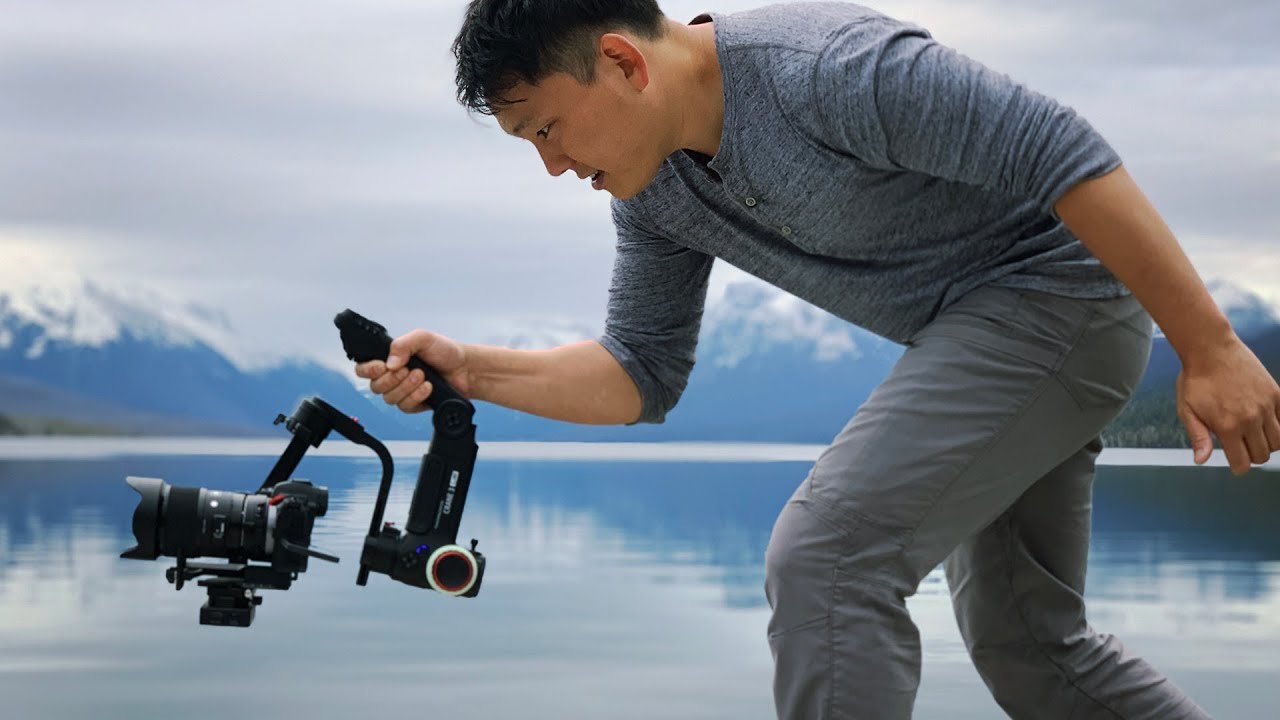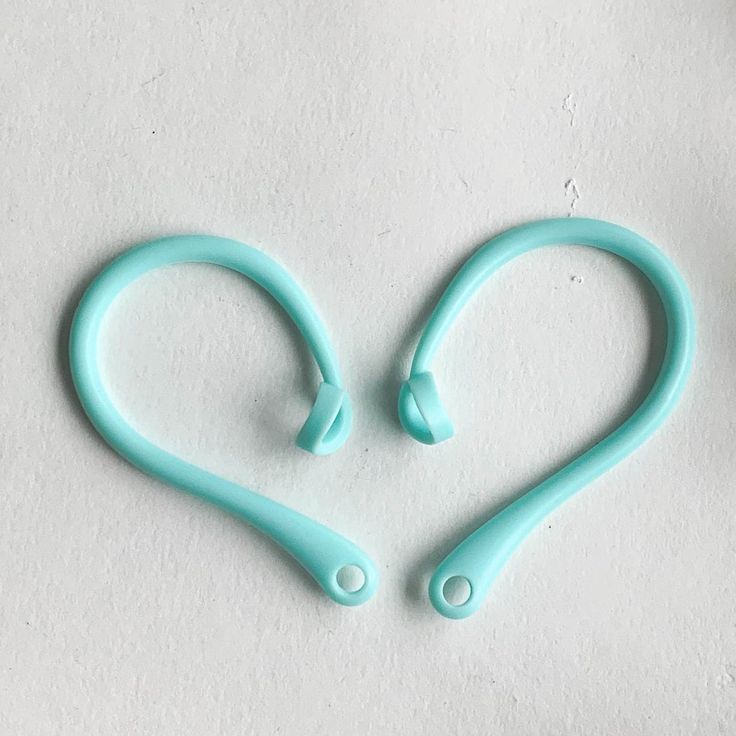The use of camera stabilizers has become a standard in the world of film and video production, improving the overall quality of film and video footage. Two of the most popular camera stabilizers are gimbles and Steadicams. In this article, we will compare the differences between these two tools and help you determine which is best suited for your specific filming needs.

What is a Steadicam?
Steadicams were first introduced to the filmmaking industry in the 1970s and quickly became a popular tool for achieving smooth camera movements. A Steadicam is a camera stabilizer that uses a weighted arm to counterbalance the weight of the camera. The operator wears a harness that attaches to the arm and holds the camera in a specialized rig, allowing for stable camera movements while walking or running.
The Steadicam requires a skilled operator who must be able to maintain balance and control while on the move. It takes time and practice to master the Steadicam, and it can add bulk and weight to the overall filming equipment. Despite these challenges, Steadicams have remained a popular choice for many filmmakers due to their unique ability to create a floating camera effect.
What is a Gimbal?
A gimbal is a camera stabilizer that uses a motorized system to stabilize the camera. It consists of three motors that provide three-axis stabilization that can be adjusted using a joystick or app. Compared to a Steadicam, a gimbal is smaller, more compact, and easier to use. Gimbals can also be used with a wide variety of cameras and accessories, making them a popular choice for both professional and amateur filmmakers.
Gimbals are known for their ability to capture smooth camera movements, allowing the camera to follow subjects with precision. They can also be used in a variety of filming situations, from stationary shots to action-packed scenes, and can produce professional-looking footage with minimal effort. Gimbals are also generally considered to be more affordable than Steadicams, making them an attractive option for those with a limited budget.
Comparing the Differences
The fundamental difference between gimbals and Steadicams is the method of stabilization. A Steadicam relies on balance and counterbalance, while a gimbal uses a motorized system. A Steadicam requires a skilled operator to maintain balance and control, while a gimbal can be used with minimal training. Gimbals are also generally more versatile and can be used in a range of filming situations, including stationary shots, tracking shots, and even aerial shots. Steadicams, on the other hand, are primarily designed for on-foot movements and are best suited for creating a floating camera effect.
In terms of size and portability, gimbles are smaller and more lightweight compared to Steadicams, making them easier to transport and maneuver. Gimbals can also be used with a wider range of cameras and accessories, while Steadicams are typically designed for specific camera sizes and weights.
When it comes to price, gimbals are generally more affordable than Steadicams. Gimbals can range in price from a couple of hundred dollars to several thousand dollars, depending on the specific features and capabilities. Steadicams, on the other hand, are often more expensive, with prices ranging from a few thousand dollars to tens of thousands of dollars.
In terms of usage, Steadicams are traditionally used for filmmaking, especially for producing high-budget films and music videos. They continue to be a staple in the film industry and are used extensively for creating unique camera shots and movements. Gimbals, on the other hand, are more commonly used by content creators, vloggers, and amateur or independent filmmakers.
Conclusion
Both gimbals and Steadicams are valuable camera stabilization tools, and each has its own strengths and weaknesses. Gimbals are more versatile, affordable, and user-friendly, making them a great choice for a range of filming situations. Steadicams, on the other hand, provide a unique floating camera effect, making them ideal for producing high-budget films and music videos.
Ultimately, the choice between gimbals and Steadicams will depend on the specific needs and goals of the filmmaker. Those who are just starting to explore the world of camera stabilization may find gimbals to be an excellent entry point, while experienced filmmakers might prefer the creative potential and unique look of Steadicams.









